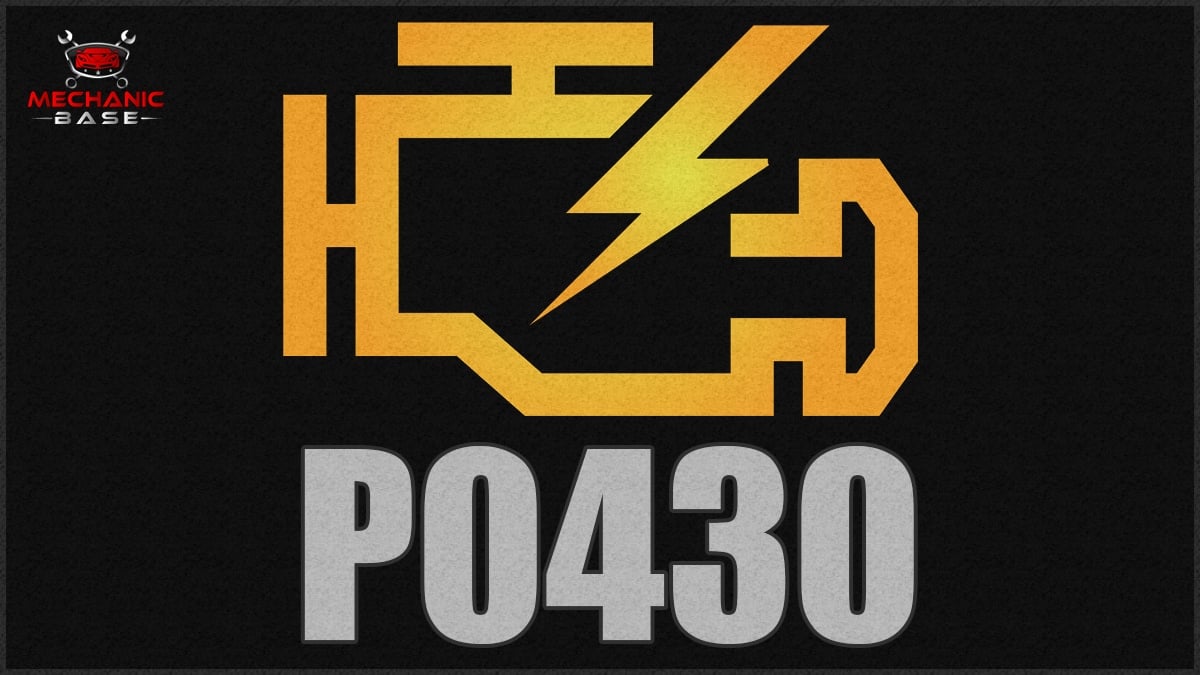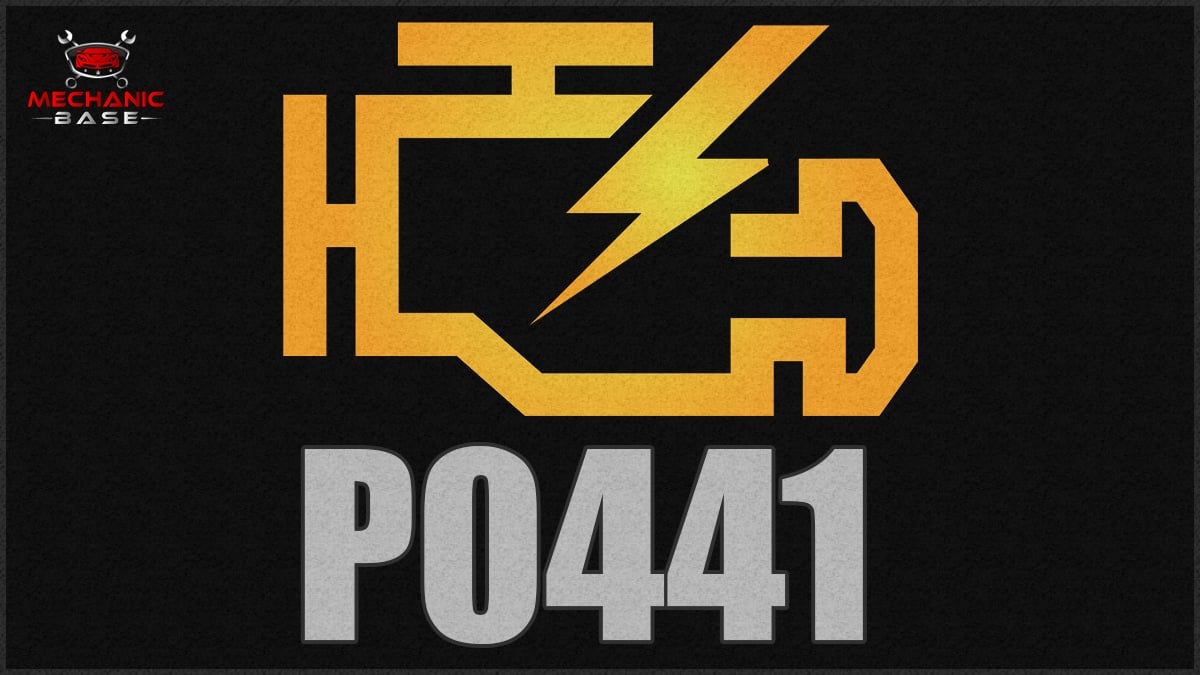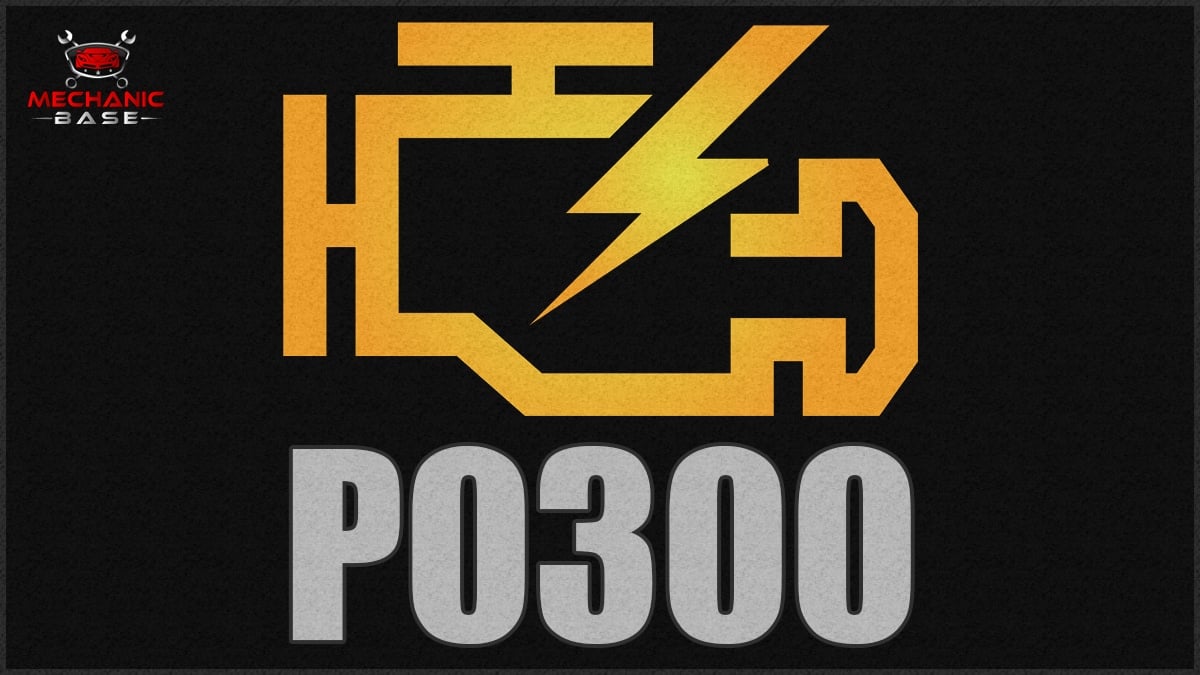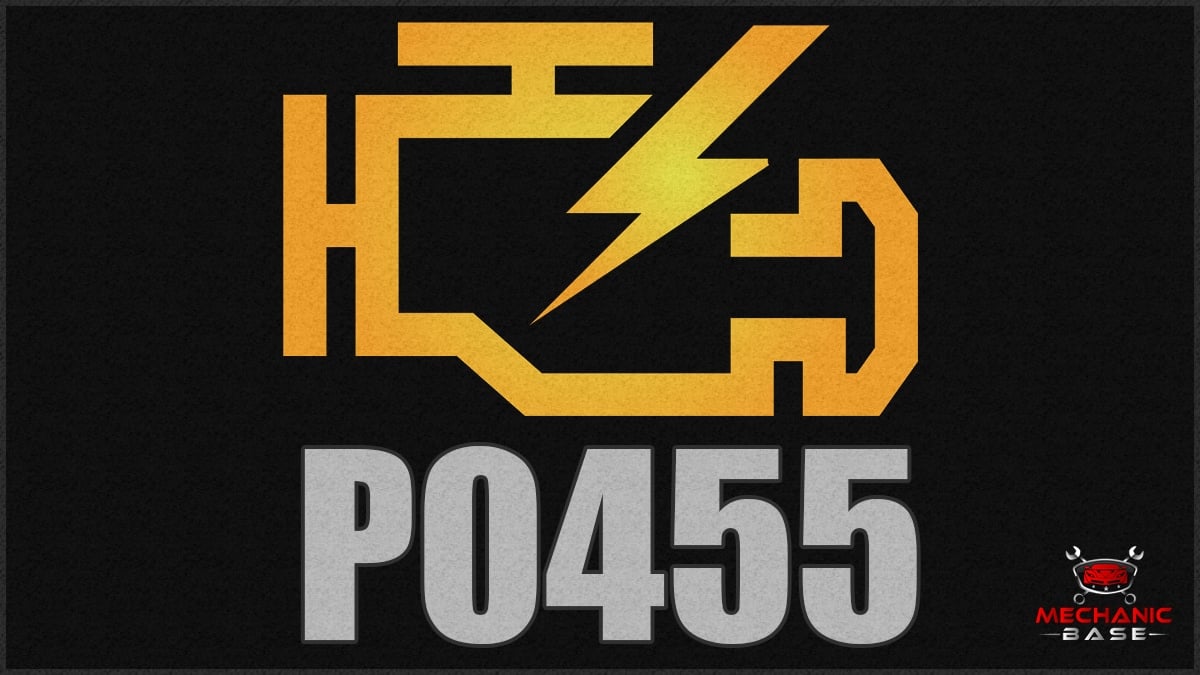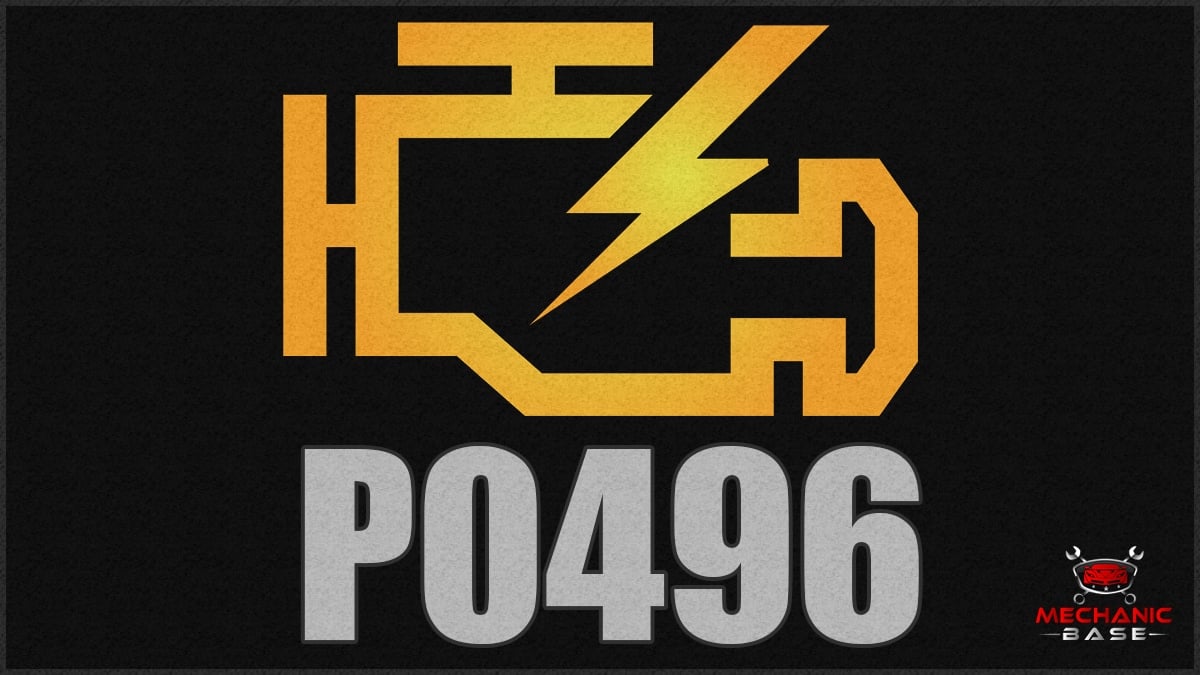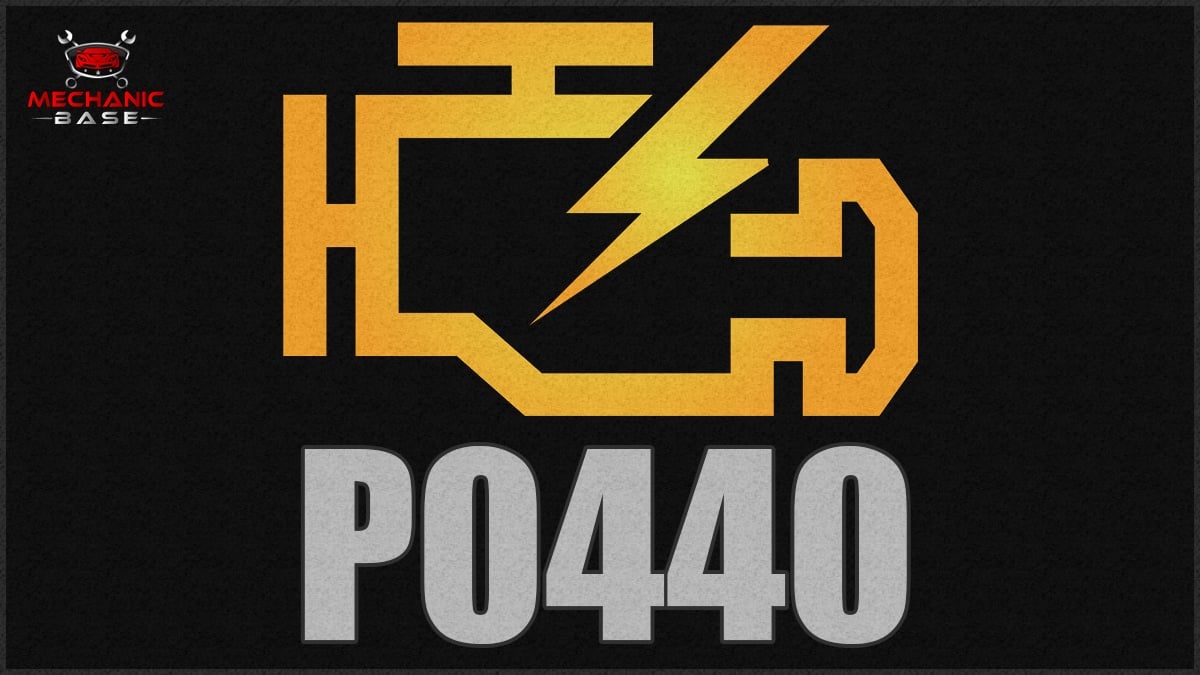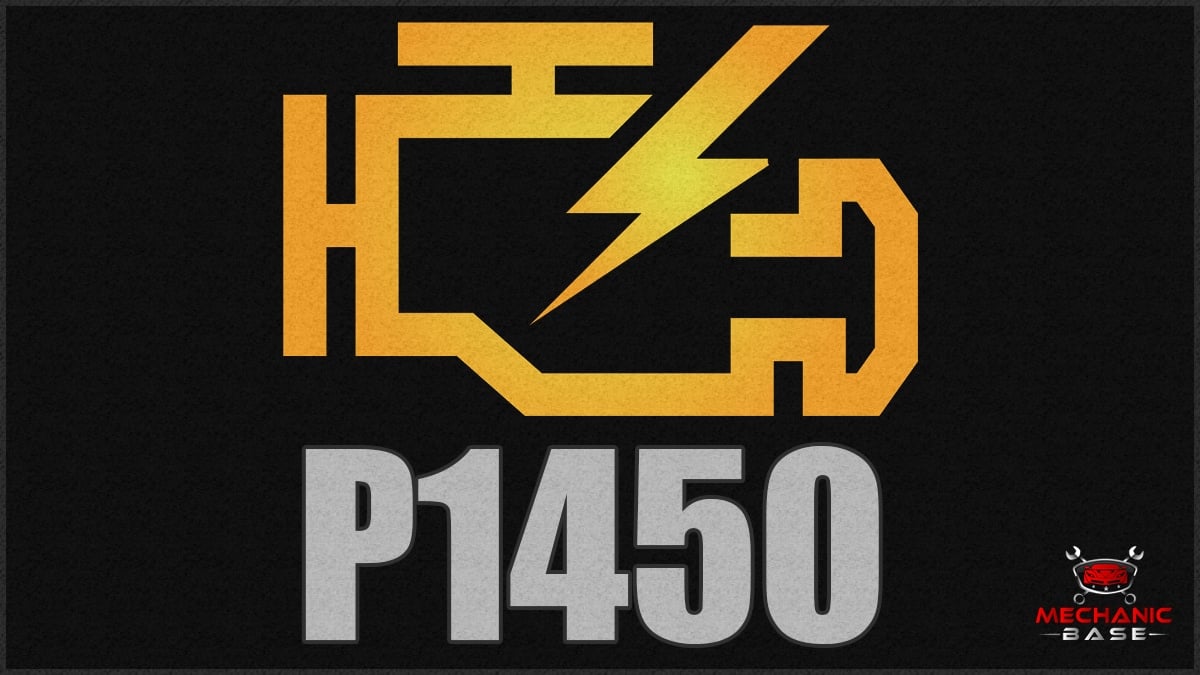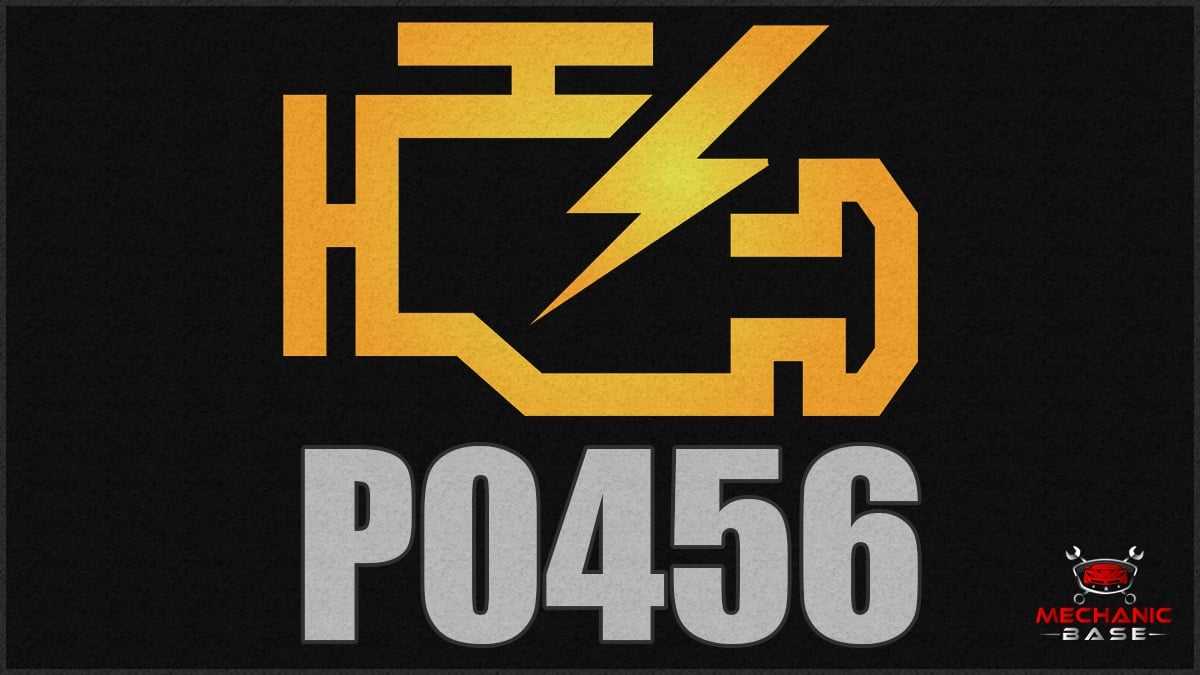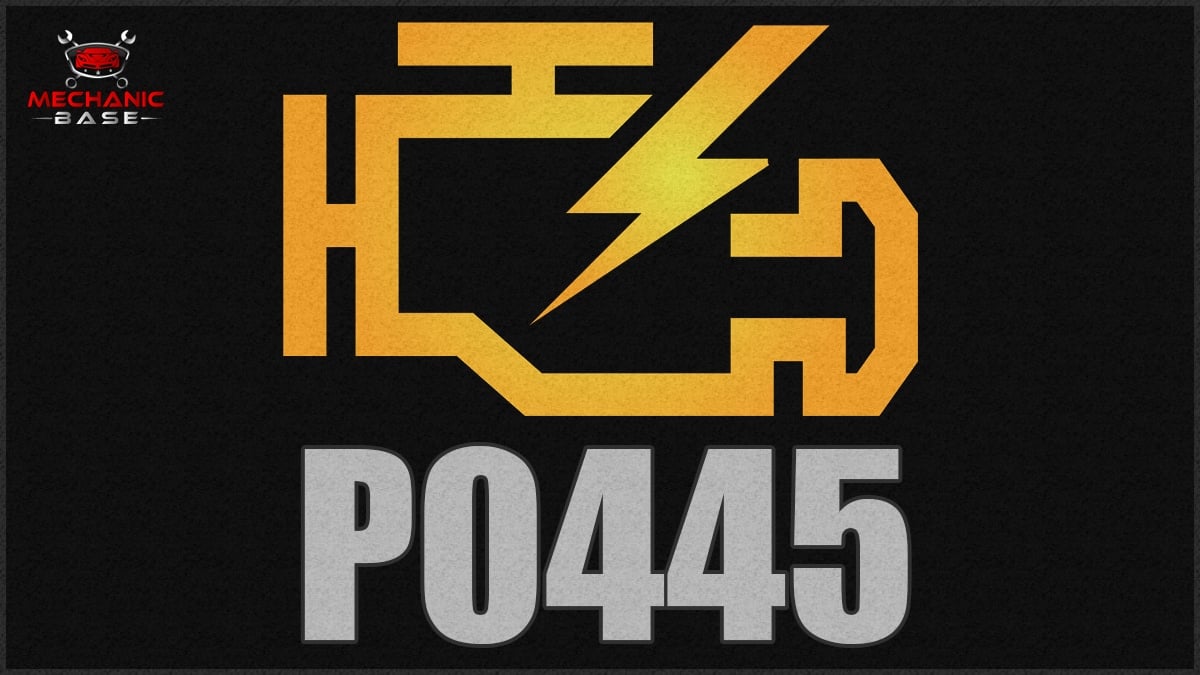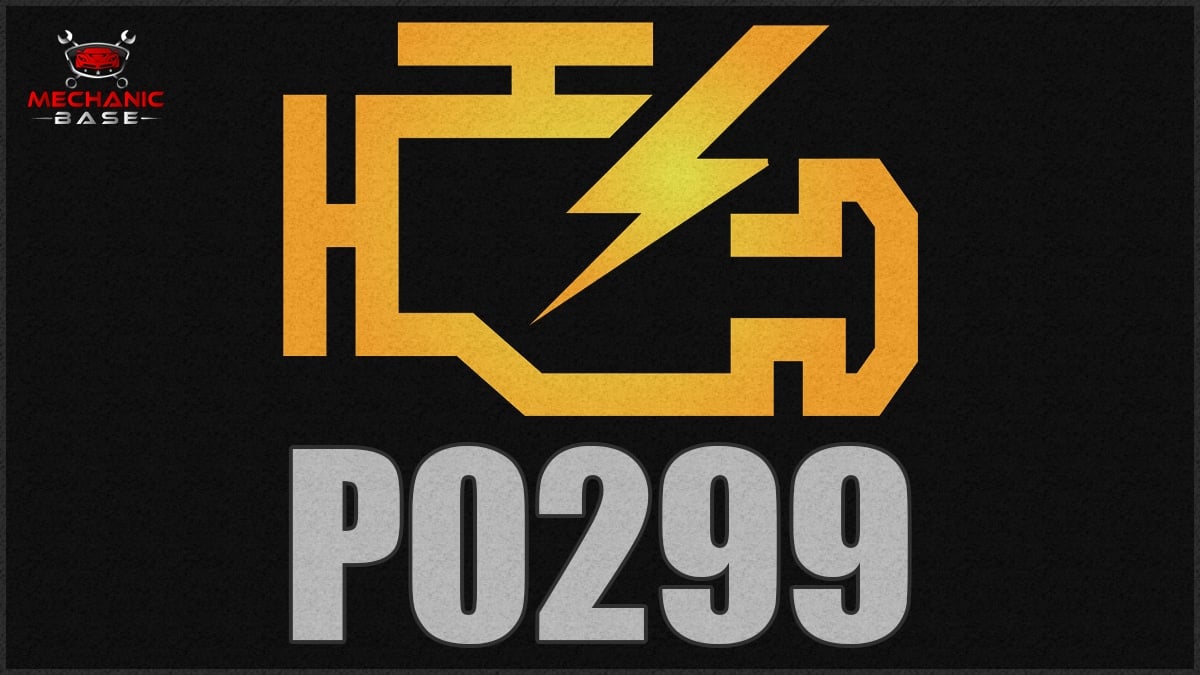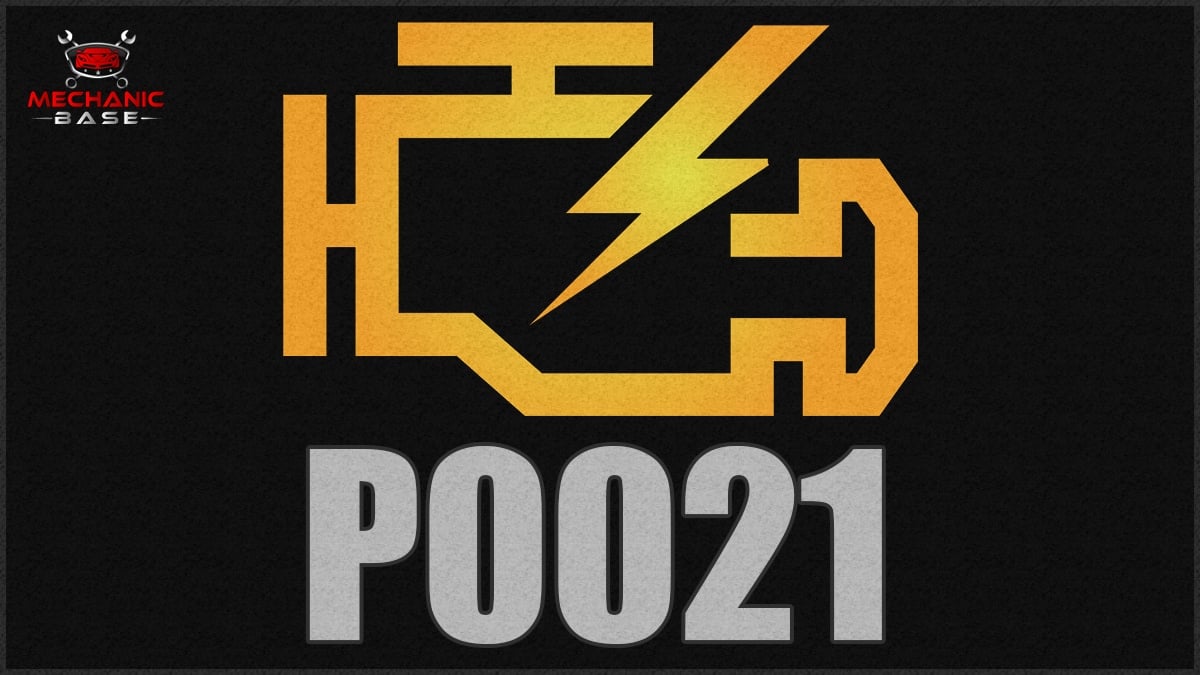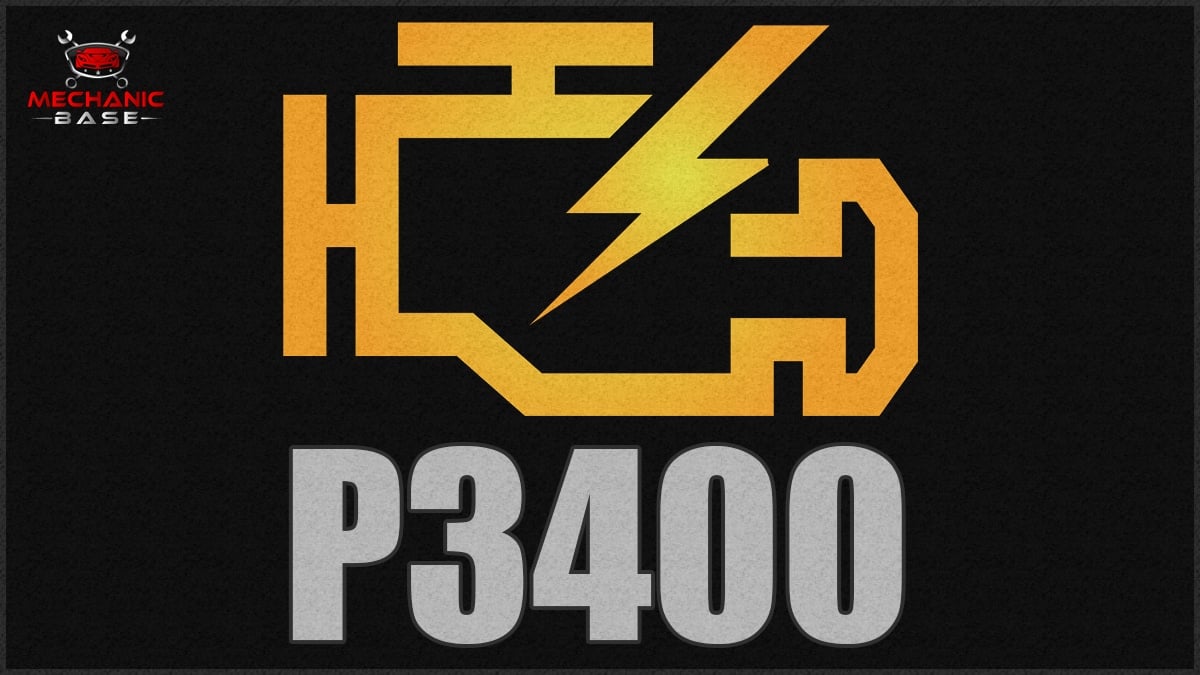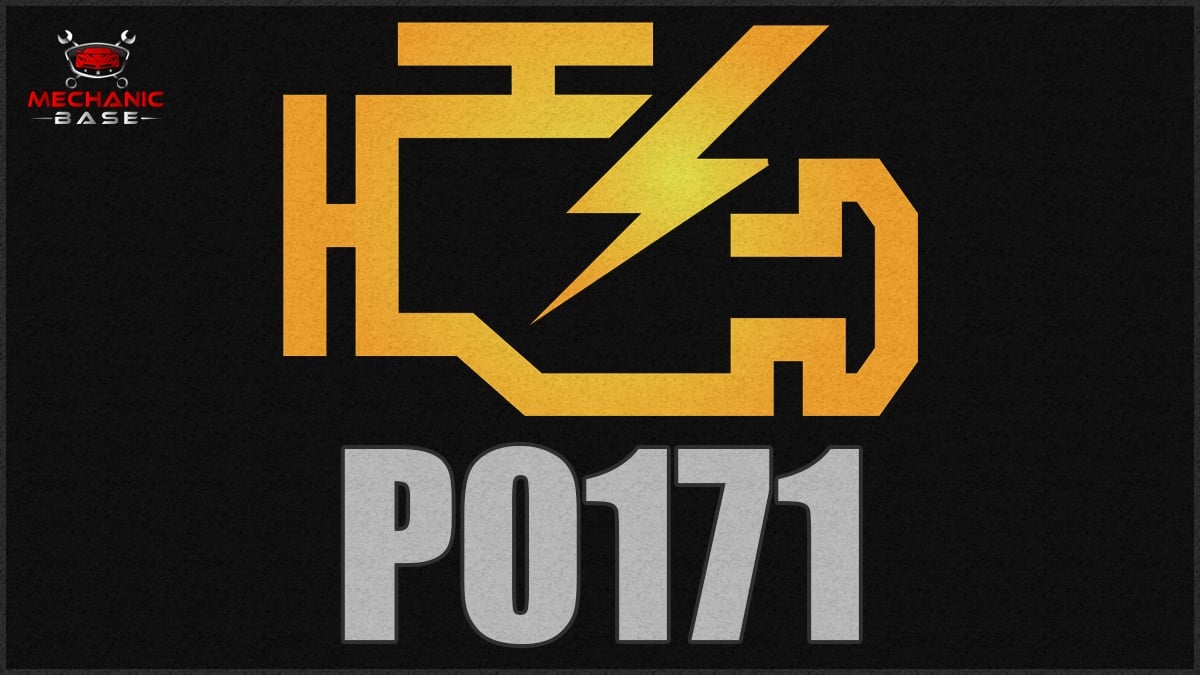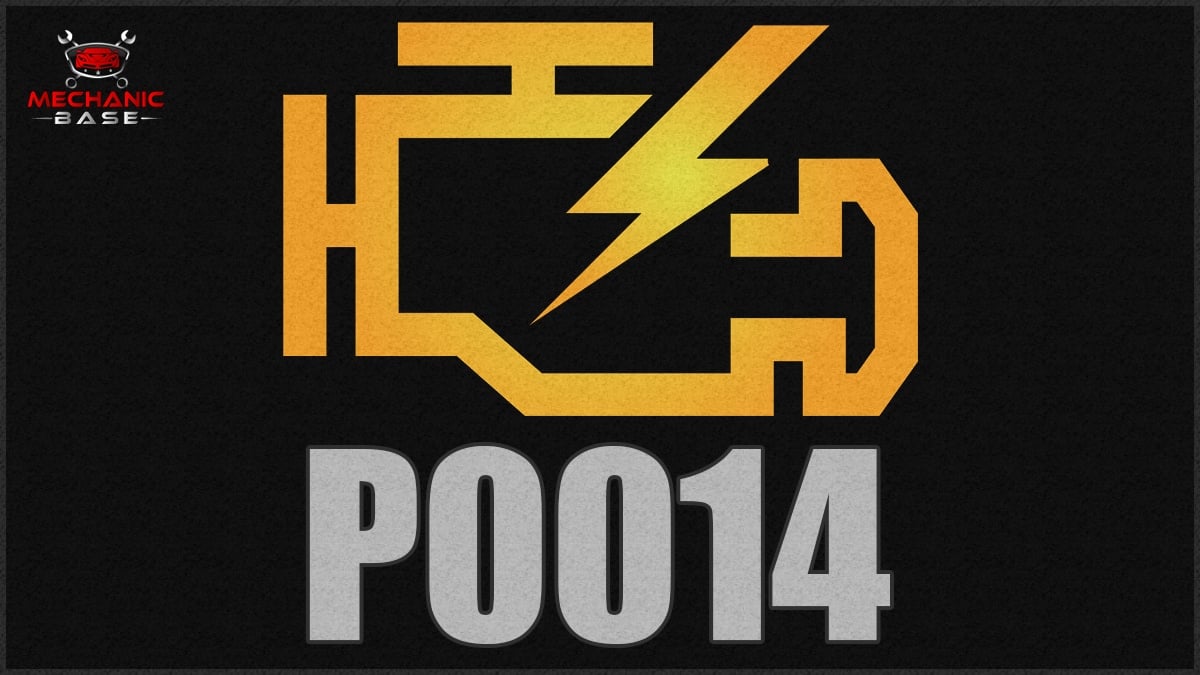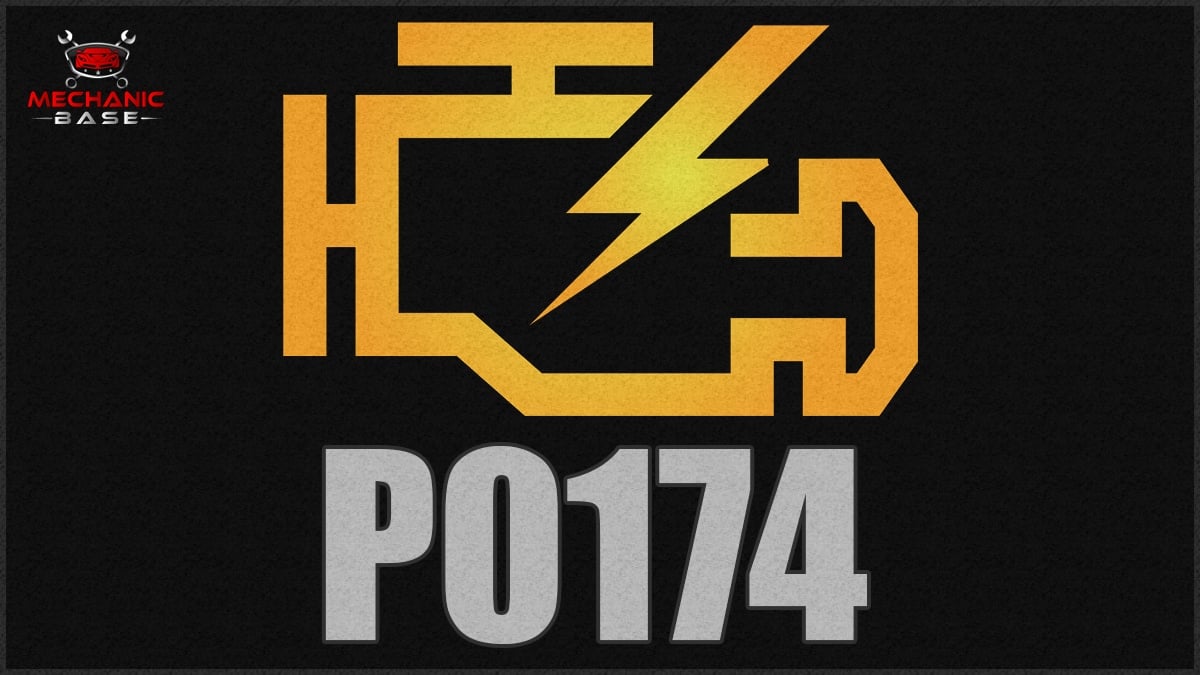When the Check Engine Light comes on, it’s natural for your heart to sink just a little. With your OBDII scanner, you might find the P0430 code, but what does it mean?
In this guide, I look closer at the P0430 trouble code. I define its meaning, look at the causes, identify the symptoms, and show you possible ways to repair it.
Code Definition
P0430 – Catalyst System Efficiency Below Threshold (Bank 2)
What Does the P0430 Code Mean?
Code P0430 means that the downstream oxygen sensor from the catalytic converter on bank 2 detects the cat isn’t operating to efficiency standards, based on factory specifications. The P0430 trouble code is considered generic, meaning it occurs on vehicles of any type and model.
The P0430 shows a problem with the emissions system. It is exactly the same as P0420 DTC, with the only difference being that that one refers to the oxygen sensors on bank 1 instead. These codes illustrate two different sides of the engine. Engines with an inline configuration can contain just one bank.
The P0430 code basically means the same thing as P0420 on the other bank, and therefore you can check out my guide about the P0420 code, which is much more detailed.
RELATED: Bank 1 vs Bank 2 – Sensor 1 & 2
P0430 Trouble Code Symptoms
It’s very possible that you won’t notice any unusual symptoms when the Check Engine Light comes on with the P0430 trouble code. This fault isn’t something that’s easily recognized, allowing you to continue driving without any issues.
However, you might notice these symptoms:
- Check Engine Light (solid or flashing)
- Failed Emissions Test
- Rough Idle with Cold Engine
Code P0430 indicates that the catalytic converter could be worn-out. It’s not going to set if the converter is obstructed, as this would lead to performance issues and a list of symptoms different from this condition.
Causes of the P0430 Code
Most causes of the P0430 DTC revolve around either the catalytic converter or the oxygen sensor in that bank. There could also be a leak, but this is less likely.
Here are the top causes:
- Defective catalytic converter
- Oil contamination in the catalytic converter
- Damaged O2 sensor receiving inaccurate readings
- Bad wiring to the O2 sensor
- Exhaust manifold or exhaust system leak
- Incorrect placement of the catalytic converter
- Wrong type of fuel (leaded fuel instead of unleaded)
- Rich/lean mixture (damaging the catalytic converter)
- Misfires (damaging the catalytic converter)
How Serious is the P0430 Code?
Low – A faulty catalytic converter isn’t going to cause any crazy performance issues or lead you to be stranded. However, you want to get it fixed to ensure proper emissions for a healthier environment.
If the problem isn’t the catalytic converter, neglecting to have it repaired could cause damage in the long run. What started out as a simple problem could turn into needing a new catalytic converter, which is expensive.
What Repairs Can Fix the P0430 Code?
It’s important that you perform a complete diagnosis to determine what’s causing the problem. I outline some steps you should take below. If you don’t carry out a full diagnosis, you could replace parts that don’t need to be messed with.
Here are a few possible repairs that might help.
- Cleaning the catalytic converter
- Replace catalytic converter
- Replace O2 sensor
- Reestablish connection to the O2 sensor
- Repair upstream exhaust system leak
- Fix misfires
- Fix lean or rich fuel mixture
Common P0430 Diagnosis Mistakes
While the P0430 indicates a problem with the catalytic converter, there’s always the possibility that something else is causing faulty readings by the O2 sensors. If you overlook a mechanical issue and just assume it’s the catalytic converter, you might not resolve the problem.
If all else fails, take a look for any intake or exhaust leaks. You may want to see if there are any other trouble codes stored and repair these first, which may also fix the P0430 code.
Recommended Tools for Diagnosis
- Diagnostic OBD Scan Tool
- Multimeter
- Basic Hand Tools
- Laser Thermometer
- Auto Repair Manual
- Electrical Contact Cleaner
How to Diagnose the P0430 Trouble Code
If you want to repair the P0430 DTC like a mechanic, you want to follow the same steps they do for diagnosis. Here are a few procedures to consider.
- Hook up the scan tool and check for codes. If there are other codes present, you might want to repair these first.
- Use freeze frame data to see the conditions that occurred when the code was set.
- Clear all of the trouble codes and go for a test drive. If the code comes back, proceed with the next steps.
- Check the exhaust system for any leaks.
- With your scan tool, monitor the oxygen sensor data to examine proper operation. Do this for all of the oxygen sensors while you are at it.
- Warm up the engine and check the temperature of the front of the catalytic converter and then the rear with a laser thermometer. If the engine is hot and you see no difference in temperature before and after the catalytic converter, your catalytic converter might be damaged.
- Repair the defective part.
Estimated Repair Cost
Depending on what is causing the problem, you could be looking at an expensive repair. Here are some estimates based on the average labor and parts cost.
- Replace catalytic converter – $1,250-$3,000
- Replace O2 sensor – $150-$550
- Repair upstream exhaust system leak – $100-$750
Mechanics Tips about the P0430 Code
If you don’t have the right tools or knowledge, getting to the bottom of the P0430 code can be nearly impossible. You will require an advanced scan tool or you need to visit a local auto repair shop to ensure the right repair is performed.
Categories: OBD Codes
